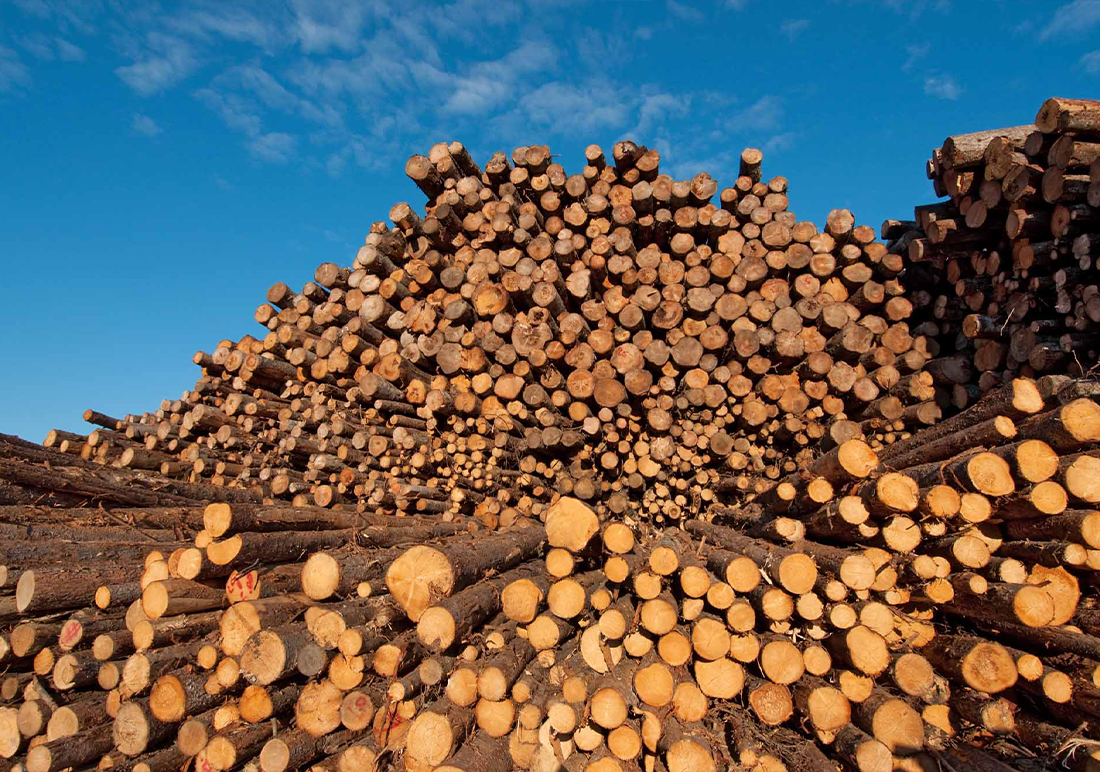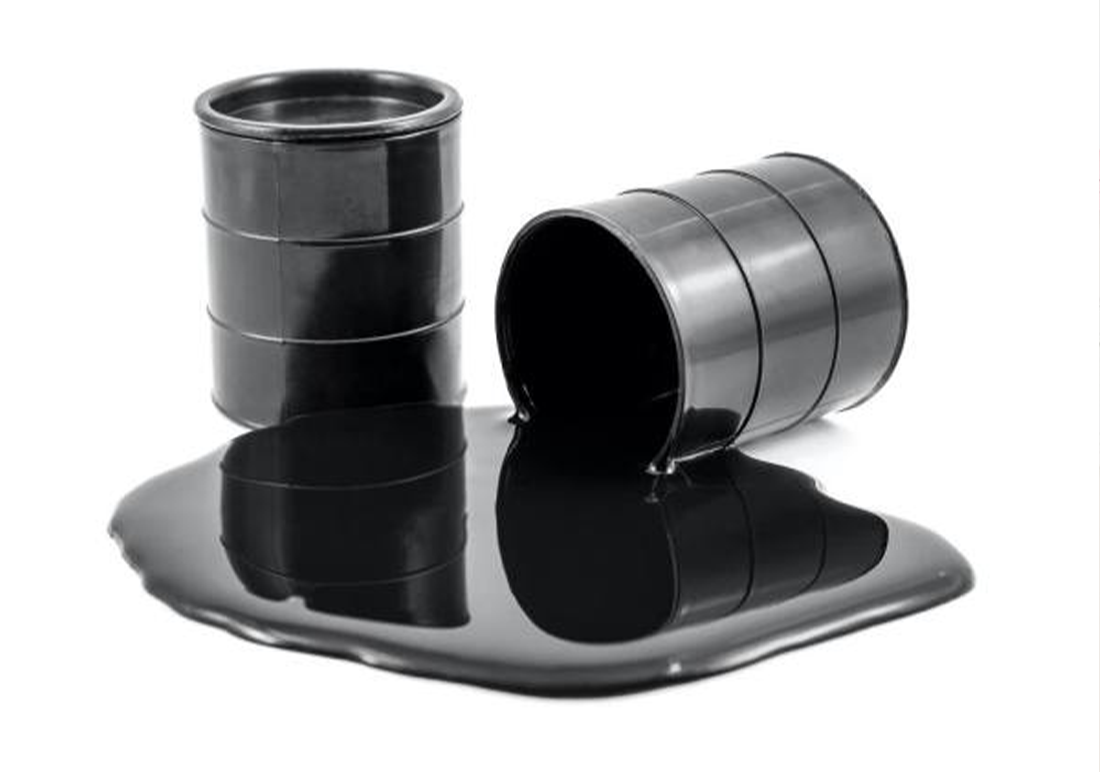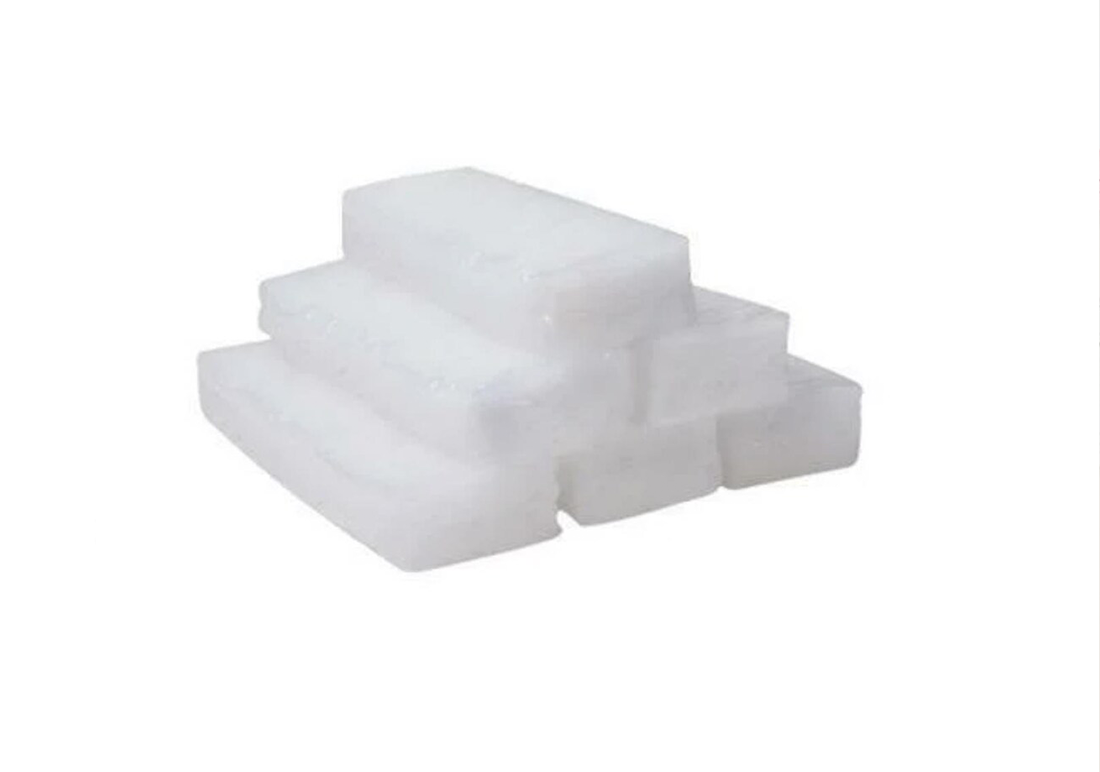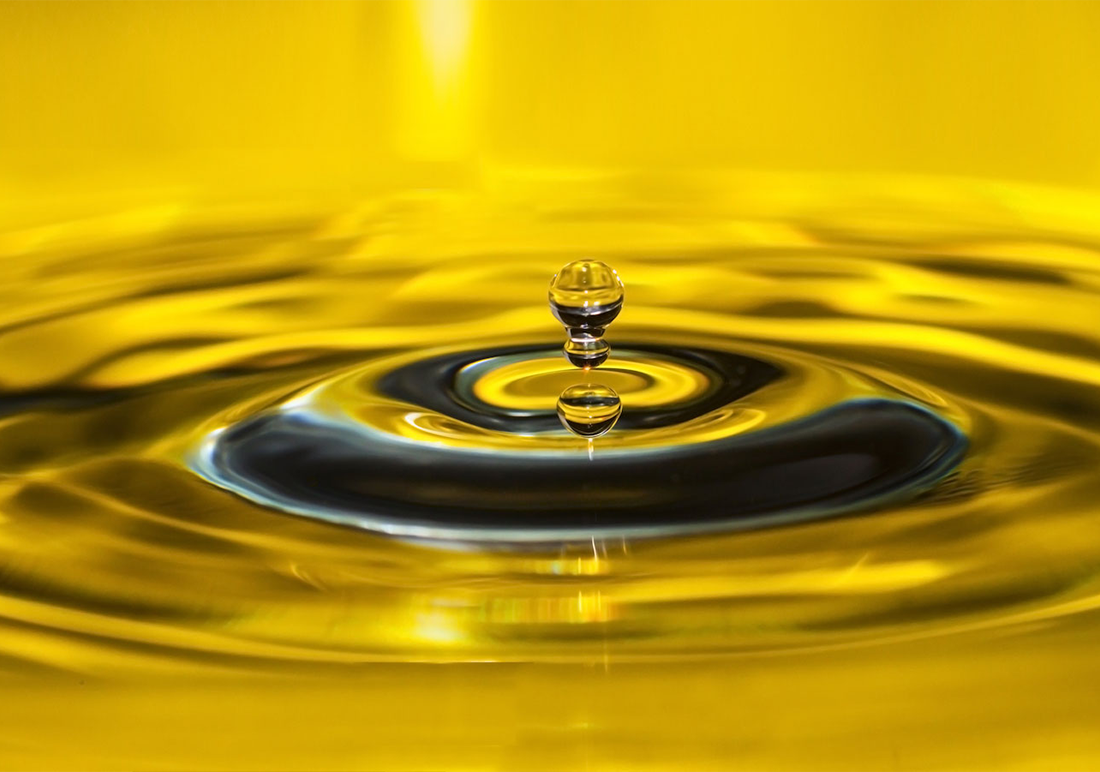Polymers: The Essential Material Behind Modern Industry
From the plastic bottle on your desk to the rubber tires on a car, polymers are all around us. They are the backbone of many industries — from packaging and automotive to healthcare and construction.
In this article, we’ll explore what polymers are, their different types, industrial applications, and why they’re vital to today’s manufacturing and trade.
🧪 What Are Polymers?
Polymers are large molecules made by repeating small units called monomers. These chains can be naturally occurring (like proteins and cellulose) or synthetic (like polyethylene or nylon).
The process of joining monomers together is called polymerization, and the properties of the resulting polymer depend on:
-
The type of monomer used
-
The length of the chain
-
The molecular structure (linear, branched, crosslinked)
🔍 Types of Polymers
🟢 1. Thermoplastics
These soften when heated and harden when cooled — a process that’s reversible.
Examples:
-
Polyethylene (PE) – bags, bottles
-
Polypropylene (PP) – automotive parts, packaging
-
PVC – pipes, cables
-
PET – bottles, films
🔴 2. Thermosetting Polymers
Once set, they cannot be melted or reshaped.
Examples:
-
Epoxy resins – adhesives, coatings
-
Phenolic resins – electrical components
-
Melamine formaldehyde – kitchenware, laminates
⚫ 3. Elastomers
Highly elastic polymers that return to shape after stretching.
Examples:
-
Natural rubber
-
SBR (Styrene-Butadiene Rubber) – tires
-
Nitrile rubber (NBR) – gloves, seals
🏭 Applications of Polymers in Industry
Polymers are one of the most versatile material groups in the world. They are used in:
| Sector | Applications |
|---|---|
| Packaging | Films, containers, bottles, wraps |
| Automotive | Dashboards, bumpers, seals, hoses |
| Construction | Pipes, insulation, coatings, adhesives |
| Medical | Syringes, implants, gloves, sutures |
| Electronics | Wire insulation, housings, circuit boards |
| Textiles | Synthetic fibers like polyester and nylon |
Polymers combine light weight, chemical resistance, low cost, and durability, making them ideal for both consumer and industrial uses.
📦 Polymer Forms & Packaging in Trade
Polymers are typically sold and exported in the form of:
-
Pellets (granules)
-
Powder
-
Resin flakes or blocks
-
Liquids (in case of pre-polymer solutions)
Packaging:
-
25kg bags (PE or paper-lined) on pallets
-
Jumbo bags for bulk granules
-
IBC tanks or drums for liquid resins
🌍 Global Trade and Demand for Polymers
The global polymer market is valued at hundreds of billions of dollars, with steady growth driven by:
-
Urbanization and infrastructure
-
Packaging and FMCG industry
-
Automotive and EV components
-
Medical innovations and personal protective equipment
Major producers include China, the USA, South Korea, Saudi Arabia, and Iran, while growing demand comes from Africa, Latin America, and Southeast Asia.
✅ Why Polymers Matter
-
Lightweight alternative to metals
-
Easily moldable and customizable
-
Highly durable and corrosion-resistant
-
Cost-effective for mass production
-
Suitable for recycling and blending
⚠️ Challenges and Sustainability
Polymers, especially single-use plastics, face increasing environmental scrutiny. Modern efforts are focused on:
-
Recycling and biodegradable options
-
Bio-based polymers
-
Circular economy models
Sustainability is now a driving force in polymer innovation and policy.
📌 Conclusion
Polymers are not just materials — they’re the building blocks of the modern industrial world. Their strength, flexibility, and efficiency have revolutionized manufacturing, packaging, healthcare, and beyond. As industries evolve, polymers will remain at the heart of innovation, bridging performance with sustainability.










